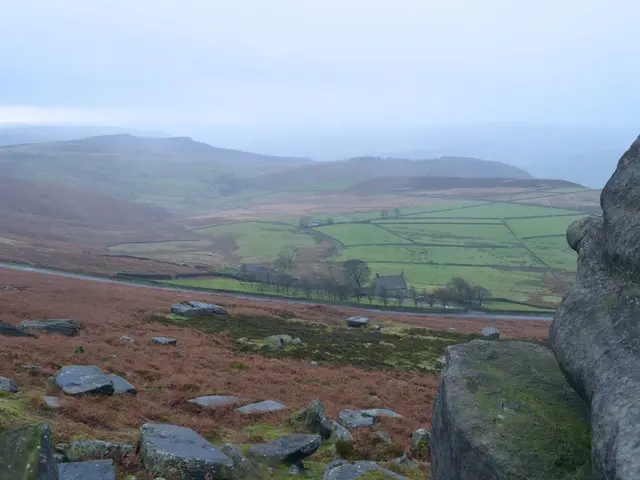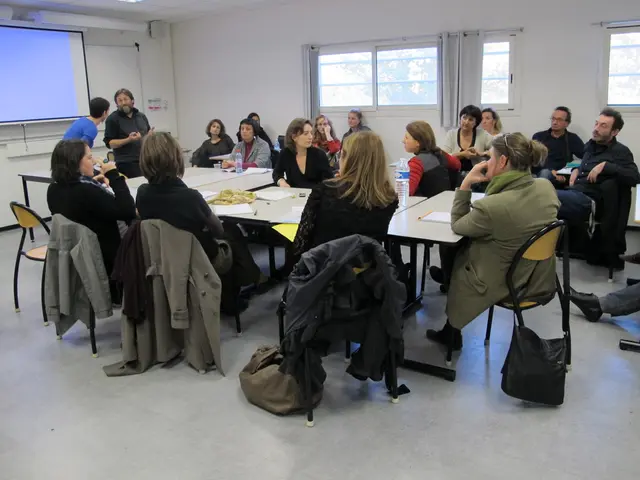Nuremberg's Global Influence: New Exhibition Spotlights Trade, Art, and Culture
The German National Museum in Nuremberg is hosting an exhibition, 'Nuremberg global. 1300 - 1600', that delves into the city's global connections and influence during the late Middle Ages and Renaissance. The exhibition, a prelude to the Dürer Year 2028, runs until 22 March 2026 and features a fascinating globe by Johannes Schöner, illustrating the desires of explorers and conquerors of the early modern age.
Nuremberg's global prominence was driven by its trade in raw materials like spices, silk, silver, gold, ivory, animal hides, and exotic feathers. This trade fostered a thriving art and craftsmanship scene, making Nuremberg a center for high-quality products. The exhibition showcases collaborative works from different continents, such as a lavabo set from the Dresden Green Vault with a teakwood basin made in India and a silver mounting by a Nuremberg goldsmith.
One of the exhibition's highlights is Albrecht Dürer's graphics, which were widely circulated throughout Europe. His woodcut of a Rhinoceros, created in 1515, ended up on a wall painting in Tunja, Colombia, among the Holy Family and other figures, demonstrating the reach of his art. Despite a popular myth, there's no evidence that Dürer's Rhinoceros was sent to the Andes or installed on an Andean building.
The exhibition 'Nuremberg global. 1300 - 1600' offers a glimpse into Nuremberg's global influence and the city's role in shaping the early modern age. Through its exploration of trade, art, and culture, the exhibition sets the stage for the upcoming Dürer Year 2028.
Read also:
- Highlighted Achiever at Scripps College: Alyssa Griffin
- Elderly care and heat protection: It's time for policy to step in when care becomes too hot
- "Fond tributes paid to Mikkel Larsen, a respected figure in environmental conservation and carbon management, following his passing"
- Advantages of Wine Consumption for Individuals Suffering from Histamine Sensitivity







